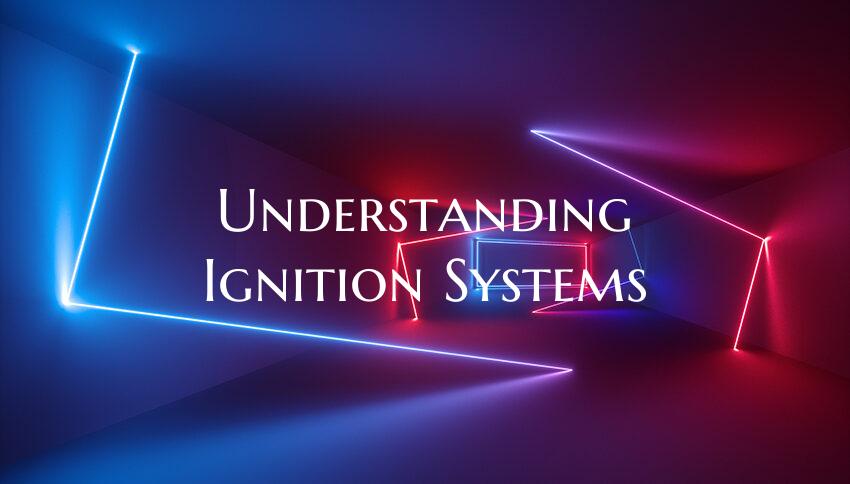Understanding Ignition Systems
Introduction: Ignition systems play a crucial role in the operation of internal combustion engines, ensuring that the fuel-air mixture is ignited at the right time for optimal engine performance. Understanding how ignition systems work is essential for both automotive enthusiasts and those looking to maintain or troubleshoot their vehicle's ignition system.
Key Components of an Ignition System: 1. Spark Plug: The spark plug is a small but critical component that generates the spark needed to ignite the fuel-air mixture in the combustion chamber. 2. Ignition Coil: The ignition coil is responsible for converting low voltage from the battery into high voltage needed to create a strong spark at the spark plug. 3. Distributor (or Ignition Module): In older ignition systems, the distributor is used to route high voltage from the ignition coil to the correct spark plug at the right time. Modern vehicles often use an ignition module to perform this function. 4. Battery: The battery provides the initial power needed to kickstart the ignition process.
Types of Ignition Systems: 1. Conventional Ignition System: This system consists of a mechanical distributor that controls the timing of the spark, which can be adjusted manually. 2. Electronic Ignition System: More common in modern vehicles, electronic ignition systems use solid-state components to control spark timing, resulting in improved performance and reliability. 3. Distributor-less Ignition System (DIS): DIS systems eliminate the need for a mechanical distributor by using multiple ignition coils controlled by the engine's computer for precise spark timing.
Functioning of an Ignition System: 1. At the start of the engine's cycle, the ignition system receives a signal to begin the ignition process. 2. The battery sends a low-voltage current to the ignition coil, which amplifies it to a high voltage. 3. The distributor (or ignition module) determines the correct spark plug to fire and sends the high voltage to ignite the fuel-air mixture. 4. The ignited mixture creates the combustion necessary to power the engine.
Common Issues and Maintenance Tips: 1. Worn-out or fouled spark plugs can lead to misfiring, rough idling, and decreased engine performance. Regularly check and replace spark plugs as needed. 2. Faulty ignition coils can cause weak or no spark, leading to rough running or stalling of the engine. Ensure the ignition coils are in good condition and functioning properly. 3. Timing issues, such as incorrect spark timing, can result in poor engine performance. Use a timing light to check and adjust the timing if necessary.
Conclusion: Understanding the key components, types, and functioning of ignition systems is essential for maintaining the optimal performance of a vehicle's engine. By staying informed about common issues and proper maintenance practices, vehicle owners can ensure that their ignition systems operate efficiently, resulting in a smooth and reliable driving experience.

